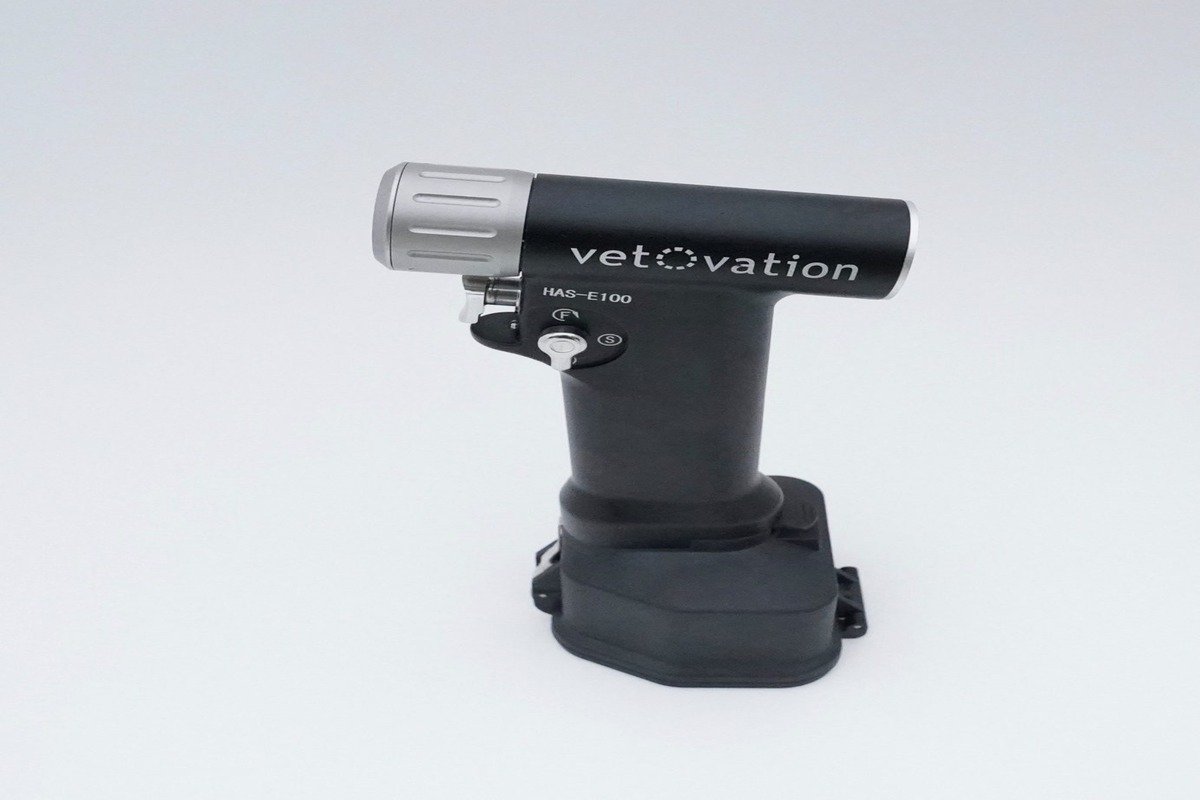The VDRL Test, short for Venereal Disease Research Laboratory Test, is a simple blood test used to detect syphilis, a sexually transmitted infection (STI) caused by the bacterium Treponema pallidum. It checks your blood for certain antibodies that your body produces in response to this infection.
Even though it doesn’t directly detect the bacteria, the VDRL test helps doctors find out whether you might have syphilis, especially in its early stages.
Why is the VDRL Test Done?
Doctors may recommend a VDRL test if you:
-
Show symptoms of syphilis, such as painless sores, rashes, or swollen lymph nodes.
-
Are pregnant (as part of routine prenatal care).
-
Have had unprotected sex or multiple sexual partners.
-
Are being screened for STIs.
-
Are donating blood or undergoing certain medical procedures.
Early detection is very important, as untreated syphilis can lead to serious health issues affecting the brain, heart, and nervous system.
How is the VDRL Test Performed?
The VDRL test is quick and easy:
-
A healthcare provider draws a small sample of blood from a vein in your arm.
-
The blood is tested in a lab to look for antibodies made by your body in response to the syphilis bacteria.
In some cases, especially for people with symptoms affecting the brain or spinal cord, the test may be done using a cerebrospinal fluid (CSF) sample taken from the spine.
What Do the Results Mean?
-
Negative Result: This usually means you do not have syphilis. However, it may not detect the infection if it is very early or in its late stages.
-
Positive Result: This means syphilis antibodies were found in your blood. But false positives can happen, especially in people with other infections, autoimmune diseases, or even pregnancy. If your result is positive, your doctor will likely recommend a confirmatory test, such as the FTA-ABS test (Fluorescent Treponemal Antibody Absorption).
Limitations of the VDRL Test
While helpful, the VDRL test has some limitations:
-
It may give false-negative results in early or late stages of syphilis.
-
It may give false-positive results if you have other conditions like HIV, malaria, or lupus.
-
It cannot tell how long you’ve had the infection.
That’s why it’s often combined with other tests for a more accurate diagnosis.
Conclusion
The VDRL Test is a useful tool for detecting syphilis, especially in its early stages. It is safe, affordable, and widely used for screening and diagnosis. If you suspect an STI or are part of a high-risk group, getting tested early is important for your health and for preventing the spread of the infection to others.















Leave a Reply